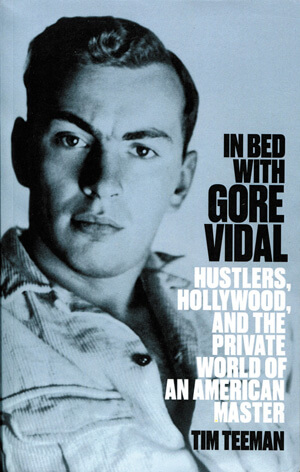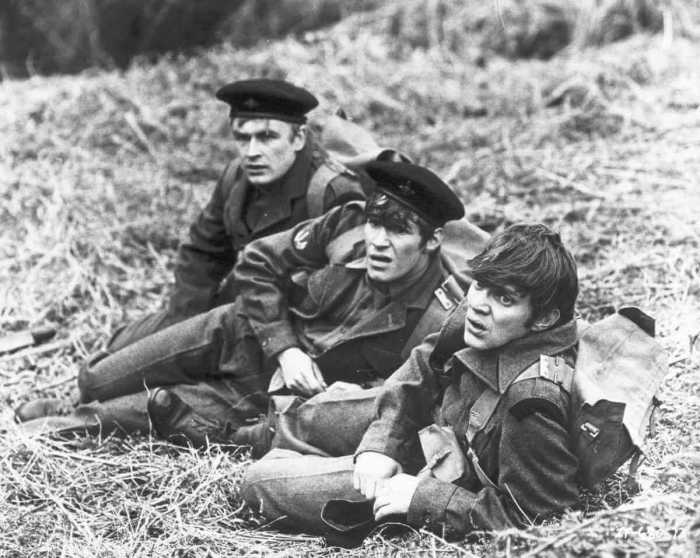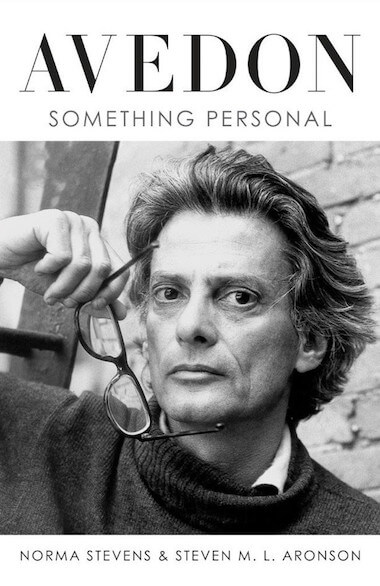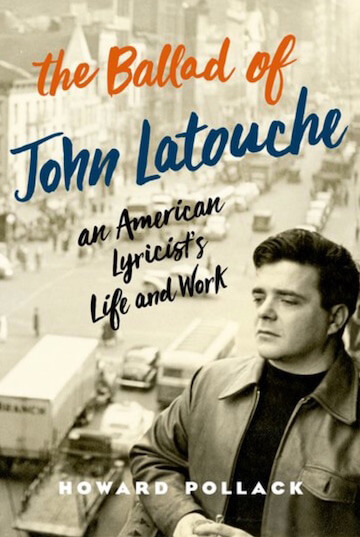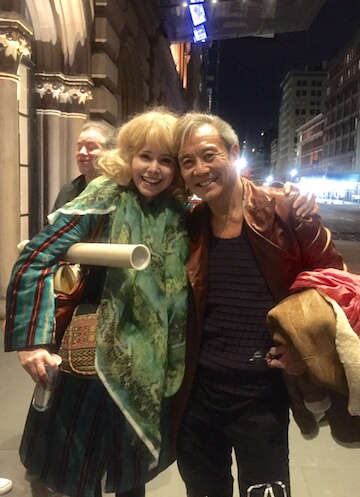What Does It Mean to Be Queer?: A Fall Arts Special. | MICHAEL SHIREY
The difference between Italian boys and American boys,” the great Gore Vidal remarked to Sean Strub over cocktails at La Rondinaia — Vidal’s villa in Ravello on the Amalfi Coast — “is the Italian boys have dirty feet and clean assholes, while American boys have clean feet and dirty assholes.”
Vidal spoke as a connoisseur, because well into his 60s his life was a revolving door of well-set-up, masculine young men — 20-somethings and at times late teens — with whom he satisfied himself, rather rapidly, every afternoon like clockwork, reserving his evenings for conversation. They were chosen for beauty rather than brains — Vidal only rarely bedded boys of any intellect. And he paid most of them — he preferred it that way, because paying for sex meant he was always in control, and these tariffed couplings, three-ways, and orgies were typically one-offs that, even if occasionally repeated with the same youths, led to no messy emotional entanglements.
Life, Vidal once said, “was as promiscuous as I could make it.”
A young gay British journalist, Tim Teeman – a 14-year veteran of the Times of London, most recently as its US correspondent in New York — has assiduously tracked Vidal’s sexual and affectional history in a juicy new page-turner of a book, “In Bed With Gore Vidal: Hustlers, Hollywood, and the Private World of an American Master.”
Tim Teeman shoves aside the curtain on an iconic American writer’s complicated affections
MAGNUS BOOKS
But Teeman’s meticulously sourced account — based on extensive interviews with Vidal’s friends, relatives, servants, pimps, confidants, editors, and tricks — is much more than just a collection of salacious details, although these are present in abundance. He’s also produced a penetrating analysis of how all this impacted Vidal’s literary output and his worldview, in particular his attitudes toward sex.
And Teeman answers the question that has puzzled so many: why did this prolific writer, who became a gay icon, refuse the label “gay” and insist that he was “bi-sexual”?
Teeman also lifts the veil on the character of Vidal’s relationship with Howard Austen, the Bronx Jew whom he met at the Everard Baths in 1950 and who shared his life for more than half a century.
For anyone who admires Vidal intensely, as I do, this book is a must-read. Vidal’s bisexuality was a myth, part of his carefully constructed image as a “normal” man. When his friend Barbara Howar (a one-time mistress of President Lyndon Johnson, although Teeman doesn’t mention it) kidded Vidal saying, “I’m going to turn you,” he replied, “If Joanne Woodward couldn’t do it, no one could.”
But Vidal undoubtedly bedded Woodward’s husband, Paul Newman, when they and Vidal shared a Hollywood house together. Vidal was always a bit of a starfucker. As a young screenwriter he successfully pursued Fred Astaire. Some of the most scintillating sexual details about Vidal come from his former trick and pimp Scotty Bowers, author of “Full Service: My Adventures in Hollywood and the Secret Sex Lives of the Stars,” to whose veracity Vidal himself attested, and who was 90 when Teeman interviewed him. Bowers reveals how he’d fixed Vidal up (at Gore’s request) with Tyrone Power; Vidal returned the favor by allowing Bowers to set them both up in a threesome with Charles Laughton. Vidal fucked Jack Kerouac, Rudolph Nureyev, Rock Hudson, and Brad Davis (star of “Midnight Express”), and had a three-way with Noel Coward and his partner Graham Payn.
Vidal always claimed that his relationship with Howard Austen worked because there was “no sex,” that they were “just friends.” But Teeman quotes their correspondence, and says, “The letters are from one boyfriend to another, not two friends.” And Vidal’s servants in Italy testified they often slept together. Not until after Austen died of cancer in 2003 was Vidal able to acknowledge the importance of Howard in his life, in a “searing chapter” of “Point to Point Navigation,” a 2006 volume of memoirs. Vidal never really recovered from his partner’s death, and would spend hours tearfully listening to CDs of Austen singing songs like “Bewitched, Bothered, and Bewildered.”
But Vidal always claimed he had only had one love in his life — Jimmie Trimble, a fellow student he’d met at Washington’s St. Alban’s School in 1937, and who was killed in World War II when a grenade exploded in his face. Vidal’s iconic gay novel “The City and the Pillar” is dedicated to Trimble. But Teeman shows how Vidal mythologized this relationship, in which the sex amounted to little more than the Princeton rub. And Vidal also had an important love affair with Harold Lang, the dancer-actor who starred on Broadway in “Kiss Me Kate” and “Pal Joey,” and whose voluptuous, talented ass was legendary. (Leonard Bernstein raved about it as he lay dying.)
And, of course, there was Howard Austen.
Vidal once wrote, “I’m exactly as I appear. There is no warm, lovable person inside. Beneath my cold exterior, once you break the ice, you find cold water.” But Gore’s longtime editor, Jason Epstein probably got it right when he said this “was down to his complicated relationship with his mother. She was a monster and not something you get over but have to pretend it didn’t matter. There was great pain there.” Vidal claimed she was a homophobe, and she was quite alcoholic.
According to Epstein, “Vidal was very fragile. His whole manner was a defense not to be wounded, to strike first and walk away with a victory — the tough guy, the ‘I slept with a thousand people before I was twenty-five but don’t care about any of them.’”
Epstein also elaborates on Vidal’s relationship to alcohol as Teeman reports: “For Epstein, Vidal’s epic drinking later in life was another aspect of his defense: ‘Wanting to dull feelings in that way suggests an inner turbulence you can’t handle. I’m sure the inner Gore was tortured. Having a crazy mother does you damage, but at some point you have to cut off your feelings to deal with it.’”
After Vidal’s mother snubbed Austen, of whom he was very protective, Gore never spoke to her again. I recall an evening when Epstein invited me to join him for dinner with Vidal and Austen. Much of it is a blur — those were in my drinking days, and Gore and I were both knocking them back with abandon — and the only thing I can remember Austen saying in his somewhat whiny, nasal voice, was, “Oh, Gore, don’t drink so much!” But I could sense Vidal’s pain.
Teeman paints a gut-wrenchingly sad picture of Vidal’s final years as he, now crippled, decayed into alcoholism, dementia, and paranoia. He thought that raccoons had invaded his bedroom, and made his major domo pretend to chase them away with a broom.
As film director and Vanity Fair writer Matt Tyrnauer, one of Vidal’s closest friends, put it, “Howard’s death ended the main chapter of Gore’s existence pretty much. Gore was in perpetual mourning after Howard died.” His drinking, he said, “became epic. He drank after he finished work…he didn’t stop until he collapsed… and grieved very openly. He talked about how sweet Howard was, how much he missed him. He wore a ring of Howard’s. He talked about how wonderful and talented he was. He’d listen to recordings of him singing on CD, which he’d listen to again and again.”
After Austen died, Vidal told Scotty Bowers, “I was really in love with Howard.” “He’d cry,” Bowers recalled, and say, “I didn’t realize how much I loved Howard until now that he’s gone.” The man who said Jimmie Trimble was the only love of his life “sat there with tears in his eyes for ten to fifteen minutes” thinking about Howard.
Austen was, Teeman writes, Vidal’s “gatekeeper, organizer, caregiver, moderator, partner, love.”
At the end, Vidal became convinced his family was conspiring against him, including his devoted nephew, Burr Steers, his principal caregiver, to whom he’d promised his Hollywood house on Outpost Drive, where he’d moved when his health necessitated his departure from La Rondinaia in Ravello. Vidal’s final months were terrible — he was incontinent, in constant pain, his lungs filled up with fluid and had to be constantly drained, and he had congestive heart failure. When he died at the age of 86, he left all his fortune — estimated at some $37 million — to Harvard, cutting his family and retainers entirely out of his will. It was a horrifying end to a great talent.
“In Bed With Gore Vidal” does not pretend to be a full-scale biography — that was done with skill by Fred Kaplan in 2000. Nor does Teeman evaluate Vidal’s literary output.
But his book will hereafter be necessary for a full understanding of Vidal’s sexuality, which is such an important shaper of his work and life, as it is for that of any artist. Teeman’s research and reporting are first-rate. (Full disclosure: I was interviewed by him for this book and am quoted accurately.)
“In Bed With Gore Vidal” is a great read. Besides, where else can one get such relevant, titillating gossip for only 20 bucks? Do yourself a favor and treat yourself to this absorbing, cogent exploration of a larger-than-life man of the arts and politics who, if he hadn’t been queer, might well have been what he always wanted to be — president of the United States.
IN BED WITH GORE VIDAL: HUSTLERS, HOLLYWOOD, AND THE PRIVATE WORLD OF AN AMERICAN MASTER | By Tim Teeman | Magnus Books | 283 pages | $19.99

